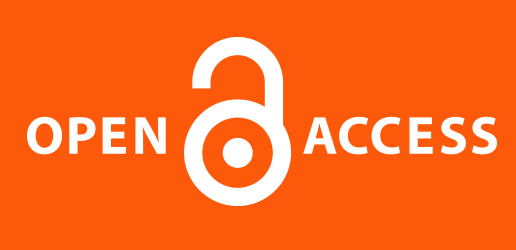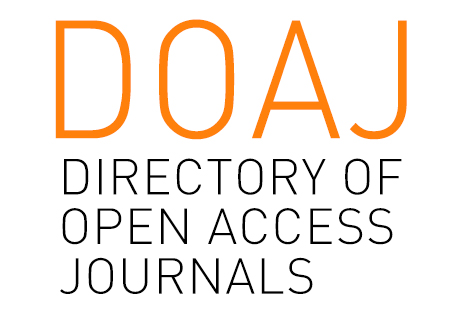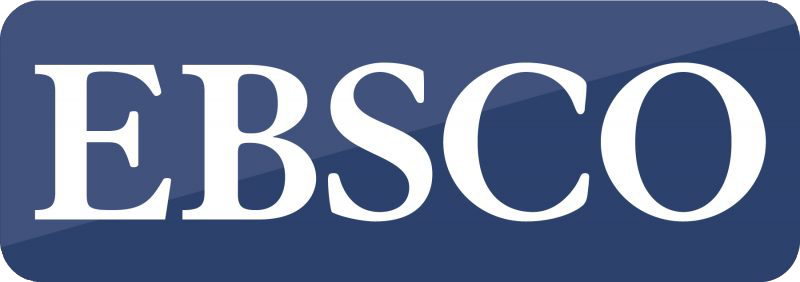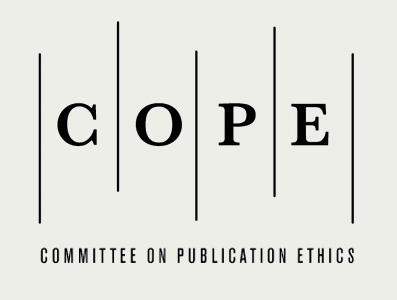Васпитачи, учитељи, наставници и професори у јавном дискурсу у Србији
Ана Љ. Петровић Дакић, Универзитет у Београду, Факултет за образовање учитеља и васпитача, Београд, Србија, имејл: ana.petrovic@uf.bg.ac.rs
Иновације у настави, XXXVIII, 2025/3, стр. 32–46
| PDF | | Extended summary PDF |
DOI: 10.5937/inovacije2503032P
Резиме: Статус просветара, људи који носе образовање у једном друштву, можемо видети како се прелама, између осталог, и у великим језичким корпусима. На материјалу састављеном од више милиона језичких облика може се испитати слика која се о неким појавама ствара у одређеној језичкој заједници. За потребе овог рада испитани су поткорпуси везани за васпитаче, учитеље, наставнике и професоре, из ширег корпуса Јавни дискурс у Републици Србији. Конкорданце за 10 лема – и неутралних/мушких, и женских, као и различитих дијалекатских и правописних облика – ексцерпиране су, те је за сваку сачињен мањи насумично одабран подузорак. На основу њега, кроз критичку анализу дискурса приказано је како се у јавном говору концептуализују васпитачи, учитељи, наставници и професори у Републици Србији. Глобално гледано, они су представљени као људи који се око свог посла труде, упркос бројним (не)очекиваним препрекама. Приметно је да конкретнији примери, у шта увек спадају они везани за женске парњаке, носе негативније оцене. Уочава се и да међу различитим позивима постоји хијерархија, где су професори они који добијају највише простора и који су у јавном дискурсу представљени као, пре свега, мислеће особе и неко ко преноси „неутралне” податке.
Кључне речи: просвета, анализа дискурса, корпусна лингвистика
Summary: The status of educators, people who carry out education in a society, is reflected in big linguistic corpora as well. The material comprised of millions of linguistic forms can be used to examine the image created about certain phenomena in a specific linguistic community. For the purposes of this paper, the subcorpora related to preschool teachers, primary school teachers, subject teachers, and professors were selected from a wider corpus Public Discourse in the Republic of Serbia and examined. Concordances for 10 lemmas – neutral/masculine, and feminine, as well as different dialectal and orthographic forms – were excerpted and a smaller, randomly selected subsample was created for each of them. Based on this, critical discourse analysis showed how preschool teachers, primary school teachers, subject teachers, and professors are conceptualised in public discourse in Serbia. They are generally presented as people who try to give their best at workplace, despite many (un)expected obstacles. Notably, more concrete examples, which almost always include female counterparts, have more negative ratings. In addition, the analysis showed that there exists a hierarchy among different professions, wwith professors receiving the most attention and they are portrayed in public discourse as individuals who are, above all, reflective thinkers and convey “neutral” data.
Кeywords: education, discourse analysis, corpus linguistics
Литература:
- Andrić, G. (2023). Srbija i obrazovanje: „Posle nekog vremena, digneš ruke” – zašto nastavnici neće na zamene i kako ih vratiti u škole. https://www.bbc.com/serbian/lat/srbija-65099186
- Beauchamp, C., & Thomas, L. (2009). Understanding teacher identity: an overview of issues in the literature and implications for teacher education. Cambridge Journal of Education, 39(2), 175–189. https://doi.org/10.1080/03057640902902252
- Beijaard, D., Meijer, P. C., & Verloop, N. (2004). Reconsidering research on teachers’ professional identity. Teaching and Teacher Education, 20(2), 107–128. https://doi.org/10.1016/j.tate.2003.07.001
- Clarke, V. (2025). Act ’now or never’ to hit 6,500 teachers target, report warns. https://www.bbc.com/news/articles/cgm1nwmm144o
- Jones, A. II (2023). Most of the US is dealing with a teaching shortage, but the data isn’t so simple. https://abcnews.go.com/US/map-shows-us-states-dealing-teaching-shortage-data/story?id=96752632
- García, E., & Weiss, E. (2019). The teacher shortage is real, large and growing, and worse than we thought. https://www.epi.org/publication/the-teacher-shortage-is-real-large-and-growing-and-worse-than-wethought-the-first-report-in-the-perfect-storm-in-the-teacher-labor-market-series/
- Gee, J. P. (2011). An Introduction to Discourse Analysis: Theory and Method. Routledge.
- Henrich, J., Heine, S. J., & Norenzayan, A. (2010). The weirdest people in the world? Behavioral and Brain Sciences, 33(2–3), 61–135. https://doi.org/10.1017/S0140525X0999152X
- Milosavljević, B. (2013). Imenica učitelj u leksičkom sistemu srpskog jezika. Naš jezik, 44(1–2), 29–43.
- OECD (2018). Education Policy in Japan: Building Bridges towards 2030. Reviews of National Policies for Education. OECD Publishing. https://doi.org/10.1787/9789264302402-en
- Radović, V. Ž. (2007). Feminizacija učiteljskog poziva. Učiteljski fakultet.
- RMS (1967). Rečnik srpskohrvatskoga književnog jezika. Matica srpska.
- RSJ (2007). Rečnik srpskoga jezika. Matica srpska.
- Rogers, R. (Ed.). (2011). An introduction to critical discourse analysis in education. Routledge.
- Rogers, R. (2011). Critical Approaches to Discourse Analysis in Educational Research. In R. Rogers (Ed.). An introduction to critical discourse analysis in education (pp. 1–20). Routledge.
- Rosenberg, L. (2023). The Nightmare of American Public School Teaching. https://prospect.org/education/2023-07-26-nightmare-of-american-public-school-teaching/
- Van Lankveld, T., Schoonenboom, J., Volman, M., Croiset, G., & Beishuizen, J. (2016). Developing a teacher identity in the university context: a systematic review of the literature. Higher Education Research & Development, 36(2), 325–342. https://doi.org/10.1080/07294360.2016.1208154
- Wasserscheidt, Ph. (2023). Serbian Web Corpus PDRS 1.0. Slovenian language resource repository CLARIN. http://hdl.handle.net/11356/1752.
Copyright © 2025 by the publisher Faculty of Education, University of Belgrade, SERBIA. This is an open access article distributed under the terms of the Creative Commons Attribution License (CC BY 4.0) (https://creativecommons.org/licenses/by/4.0/), which permits unrestricted use, distribution, and reproduction in any medium, provided the original paper is accurately cited.





